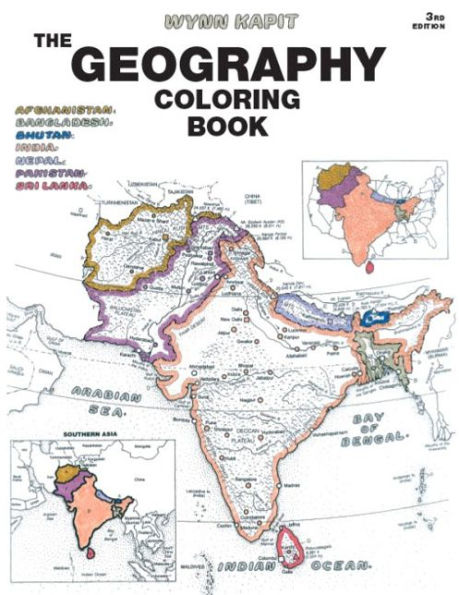This unique educational tool introduces the countries of the world and the states of the United States to students. Each section begins with a plate containing a political map, a physical map, and regional maps. Through active participation, by coloring in countries, rivers, regions, etc. (and their respective names), students gain a broader understanding of the material and retain more information. A highly effective, but also enjoyable, way to learn.
This unique educational tool introduces the countries of the world and the states of the United States to students. Each section begins with a plate containing a political map, a physical map, and regional maps. Through active participation, by coloring in countries, rivers, regions, etc. (and their respective names), students gain a broader understanding of the material and retain more information. A highly effective, but also enjoyable, way to learn.

Geography Coloring Book
208
Geography Coloring Book
208Paperback(3rd ed.)

Product Details
| ISBN-13: | 9780131014725 |
|---|---|
| Publisher: | Pearson Education |
| Publication date: | 10/11/2002 |
| Edition description: | 3rd ed. |
| Pages: | 208 |
| Product dimensions: | 8.40(w) x 10.80(h) x 0.60(d) |
